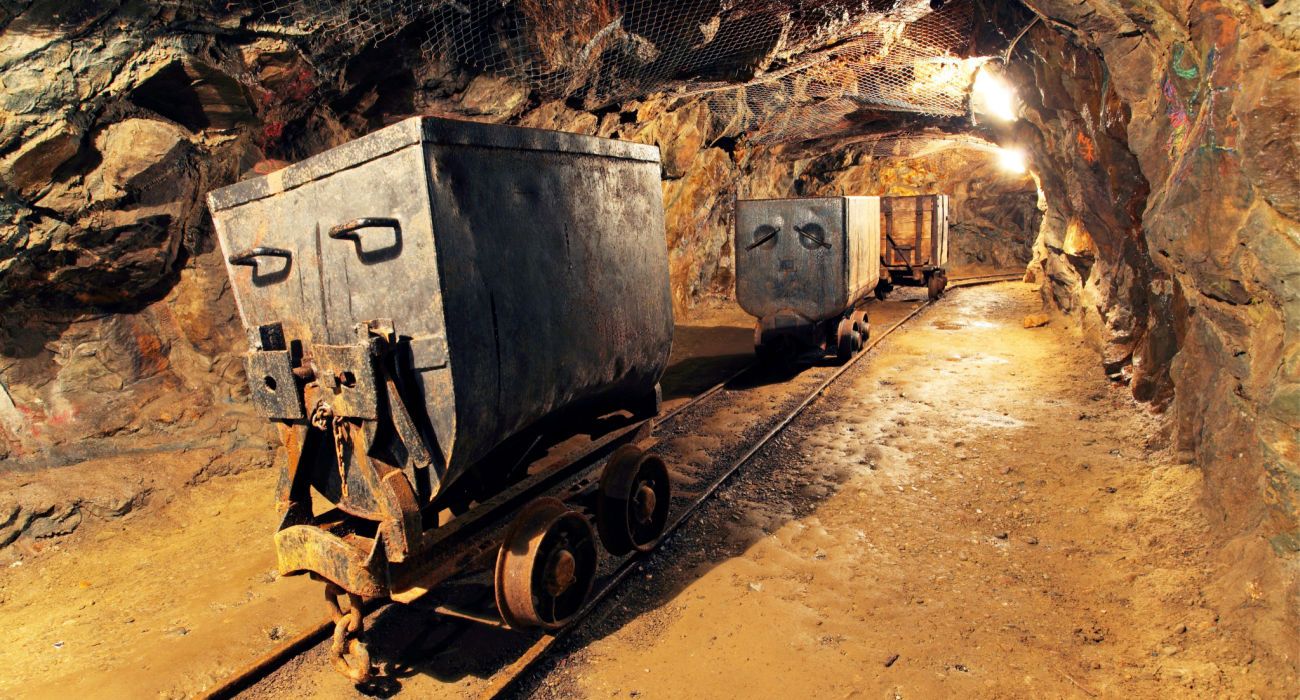Quick Links
Joshua Tree National Park is a remarkable park in Southern California famous for its Joshua trees (Yucca brevifolia) and for being in a transitional zone between the Mojave and Colorado Deserts. The park is full of hundreds of abandoned mines scattered through the hills. The mines are a welcome bonus attraction in Joshua Tree National Park. Most of them are reachable by trails that follow the old wagon tracks once used by the miners.
Today only are few of these tails are maintained (like the Lost Horse Mine and the Desert Queen Mine). In Colorado, visitors can visit the Mollie Kathleen Gold Mine - America's only vertical shaft gold mine. Perhaps the ultimate mining tour experience is the Wieliczka Salt Mines in Poland which has a veritable city in the mines (at least there are cafes for tourists today).
The History Of Mining In Joshua Tree National Park
At 1,242.4 sq miles, Joshua Tree is a large park - larger than the state of Rhode Island. The first Europeans to visit the area were the Spanish in the 1700s. In 1823 the area became part of an independent Mexico but was soon lost to the United States following the Mexican-American War of 1846-48.
- Number of Mines: Around 300
- Openings: 747 Openings
Settlers began to arrive in 1870, and cattle were grazed on the tall grasses in the park.
As the mines in the Sierras petered out, miners took to prospecting and mining in the deserts. Life in there was difficult with the hot summers, limited wood, scarce water, and high cost of transport. From the 1860s until the 1940s, around 300 pit mines were dug in what would become the national park. Only a few of these mines were good producers. Gold, silver, copper, zinc, and iron were mined from the park.
Hike To Explore The Wild West Lost Horse Mine
"When the story of the Lost Horse Mine is told, it sounds like a western campfire tale: gun-slinging cowboys, cattle rustlers, horse thieves, the lure of gold, and a sticky-fingered miner."
The most successful of the mines was the Lost Horse Mine. It managed to produce a small fortune's worth of gold and silver. It managed to yield some 10,000 ounces of gold and 16,000 ounces of silver between 1894 and 1931.
The story of the mine is a true Wild West story that one can read on the National Park Service website. The Lost Horse Mine was mined until 1905 when it hits a fault line and lost the ore-bearing vein.
After the mine came under the protection of the National Park Service, it started to decay. The wooden parts of the cabins and headframe of the mill collapsed, the mine shaft began to collapse, and a sinkhole threatened the whole structure.
In 1996 the NPS tried out a new technique and 'puffed' the mine capping the mineshafts with plastic foam (so no one can go into the mine shaft today). It is considered one of the best-preserved mills of its kind, protected by the NPS.
Visitors to Joshua Tree should hike the Lost Horse Mill Trail and see the historic mine.
- Length: 4 Mile Round Trip
- Trailhead: Off Keys View Road
- Estimated Time: 2-3 Hours
Visitors should be aware that while the Lost Horse site has been stabilized, it is not safe to walk on.
Visit The Silver Bell & El Dorado Mines
The Silver Bell and El Dorado mines in the Hexie Mountains can be visited on a 4-mile loop trail. One of them has well-preserved wooden tipples, and both have shafts, tanks, foundations, adits, and other remains.
- Trail Length: 4 Miles Loop
- Difficulty: Moderate
- Elevation Change: 250 Feet
The majority of the loop is essentially off-trail, as the old track to El Dorado is now faded and somewhat difficult to locate.
The El Dorado Mine produced a wide range of ores and metals and was active between around 1900 and the 1940s. The Silver Bell mine was operated between the 1930s and the 1950s and is also worth a visit.
Another mine, the Golden Bee Mine, is best reached by a 1.5-mile hike from Cholla Cactus Garden. One more successful gold mine was the Desert Queen Mine on Key's Desert Queen Ranch.

